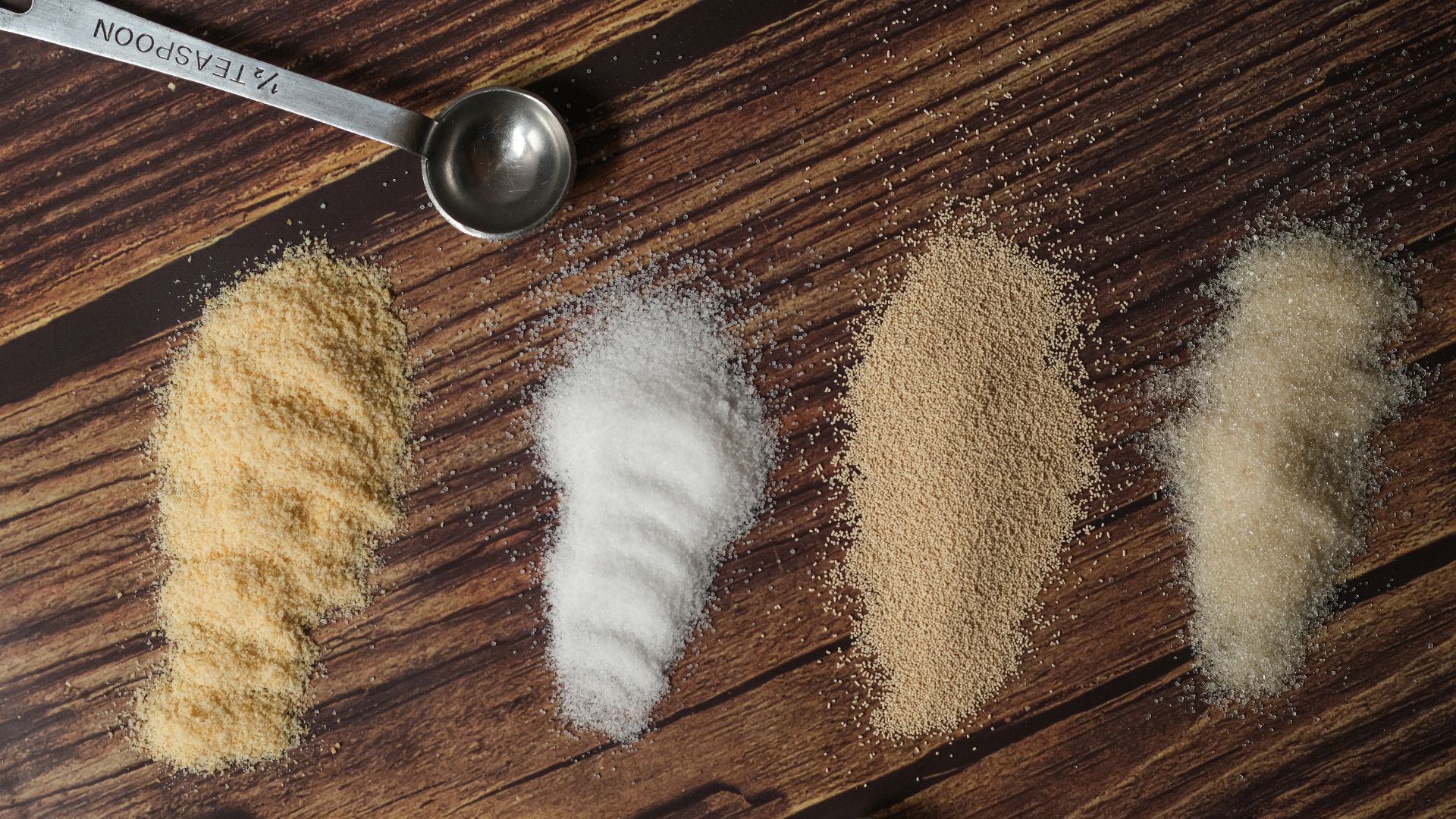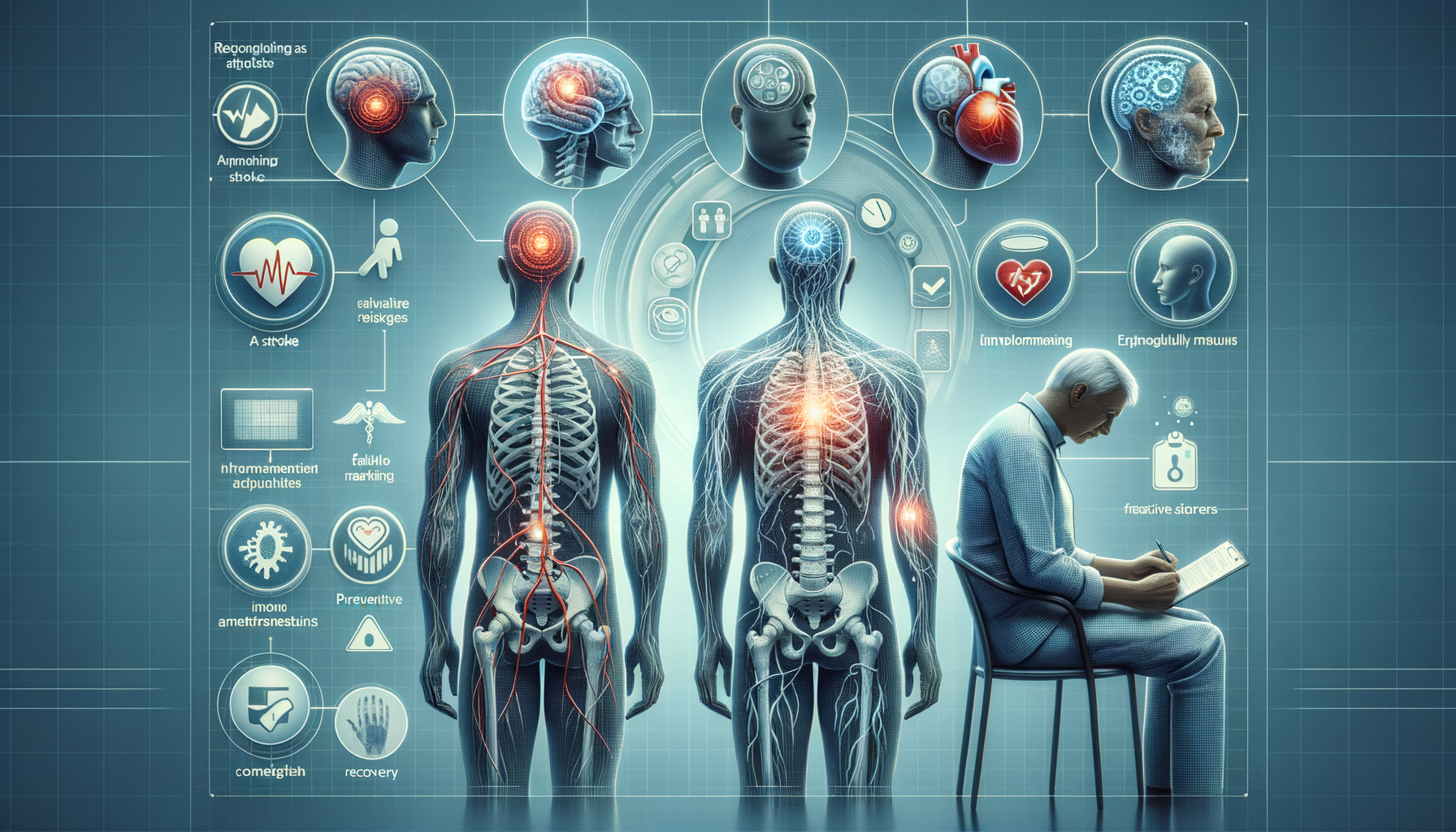Introduction to Stroke Awareness
A stroke can strike suddenly, altering lives in a matter of moments. Understanding the early signs of a stroke is crucial for timely intervention, which can significantly improve recovery outcomes. This article delves into the signs of a stroke, prevention strategies, and recovery methods to enhance awareness and preparedness. By recognizing the symptoms early, individuals can seek medical help promptly, potentially reducing long-term health impacts.
Recognizing the Early Signs of a Stroke
Recognizing the early signs of a stroke is vital for immediate medical response. A stroke occurs when the blood supply to part of the brain is interrupted or reduced, depriving brain tissue of oxygen and nutrients. Symptoms can vary based on the type of stroke, but some common signs include:
- Sudden numbness or weakness in the face, arm, or leg, especially on one side of the body.
- Confusion or trouble speaking and understanding speech.
- Difficulty seeing in one or both eyes.
- Trouble walking, dizziness, or loss of balance and coordination.
- Severe headache with no known cause.
These symptoms can appear suddenly and require immediate medical attention. The acronym FAST (Face drooping, Arm weakness, Speech difficulties, Time to call emergency services) is often used to remember the critical signs of a stroke. Early recognition and intervention can save lives and improve recovery chances.
Preventive Measures to Reduce Stroke Risk
Prevention plays a crucial role in reducing stroke risk. Lifestyle changes and medical management can help mitigate potential factors. Here are some effective strategies:
- Maintain a Healthy Diet: A diet rich in fruits, vegetables, whole grains, and lean proteins can lower the risk of stroke. Reducing salt and saturated fats is also beneficial.
- Exercise Regularly: Engaging in physical activities like walking, cycling, or swimming can help maintain a healthy weight and lower blood pressure.
- Monitor Blood Pressure: High blood pressure is a significant risk factor for stroke. Regular monitoring and medication, if necessary, can help manage it effectively.
- Avoid Smoking and Limit Alcohol: Smoking and excessive alcohol consumption increase stroke risk. Quitting smoking and moderating alcohol intake can significantly reduce this risk.
- Manage Chronic Conditions: Conditions such as diabetes and high cholesterol should be managed under medical guidance to prevent complications that could lead to a stroke.
By adopting these preventive measures, individuals can significantly lower their risk of experiencing a stroke, leading to a healthier and more fulfilling life.
Effective Recovery Methods Post-Stroke
Recovery from a stroke is a gradual process that requires patience and perseverance. Rehabilitation is crucial for regaining skills and improving quality of life. Here are some effective recovery methods:
- Physical Therapy: Focuses on improving mobility and strength through exercises tailored to individual needs.
- Occupational Therapy: Helps patients relearn daily activities and regain independence.
- Speech Therapy: Assists in overcoming communication difficulties and swallowing problems.
- Psychological Support: Mental health support is vital as stroke survivors may experience depression or anxiety.
- Support Groups: Connecting with others who have experienced similar challenges can provide emotional support and encouragement.
Each stroke recovery journey is unique, and a multidisciplinary approach involving healthcare professionals, family, and caregivers is essential for optimal recovery.
Conclusion: Empowering Individuals Through Knowledge
Understanding the early signs of a stroke, along with effective prevention and recovery strategies, empowers individuals to take proactive steps in managing their health. Timely recognition of symptoms and immediate medical intervention can significantly improve outcomes. By adopting a healthy lifestyle and engaging in preventive measures, the risk of stroke can be reduced. For those who have experienced a stroke, embracing rehabilitation and support can lead to a meaningful recovery. Awareness and education are key to combating the impact of strokes, ultimately leading to healthier communities.







